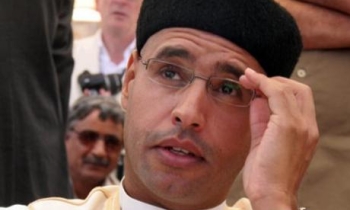The print media is alive and kicking. And the electronic and web media seems hardly a threat to the print media this was the overall consensus at a seminar on small and medium newspapers organised by the Indian Newspaper Society (INS) on Monday. The daylong deliberations highlighted the survival concerns of small and medium-size newspapers, and experts pointed out that newsroom and production technology could come to their aid.
Sunil Dang, convenor of the seminar, and Executive Committee member of INS, said the objective of this seminar was to find ways to help strengthen the small and medium newspapers in today’s highly competitive market. He said smaller newspapers should seek to reduce production costs through the adoption of a certain degree of technology.
The seminar was inaugurated by Justice KJ Reddy, Chairman, Press Council of India. INS President Pradeep Guha was also present.
Purnendu Sen, Technical Director, The Times Group, said, "When Ted Turner announced the launch of CNN, he had said this would be the end of the print media. However, it is still surviving and will continue to do so." Sen said that for small and medium newspapers the pressure is on the top-line. The real question is that of how the bottom-line can be sustained and grown. Sen suggested that the best way to adopt cost-cutting and more efficient means of newspaper production is using the benefits of technology.
Moreover, Sen held that small and medium newspapers, instead of being dependent on government advertisements, should look for alternative revenue streams. "Most small and medium newspapers have not tapped the potential of retail ads at the local level. They should realise that corporate ads are going to the electronic media, classified ads are shifting to the Internet, and it is the entertainment and trade ads that come to print. So why not tap them?" he said.
Sen also pointed out an interesting trend. He said that the time was not far off when classifieds would completely shift to the Internet. "This trend has already started in western countries and will soon happen with newspapers in India. The Times of India’s Sunday supplement earlier used to have 12 or more pages for classifieds; now it has come down to six-eight pages. This is a 50 per cent drop. This only indicates that it is time to find other sources of revenue," he said.
Chandan Mitra, MD and Editor, Pioneer, pointed out that it was time for the Indian paper mills to help smaller and medium newspapers by providing them newsprint at cheaper rates. "Newsprint accounts for the bulk of a newspaper’s production cost, and they are mostly imported. However, we have good paper mills in India. So when the international newsprint rates go up, Indian mills should offer newsprint of the same quality at cheaper rates," he said.
Mitra also expressed his concern over VAT (Value Added Tax). He said, "VAT will be introduced on April 1 this year and if the newspapers come under the purview of VAT, then it would certainly be an injustice by the Government to this industry."









